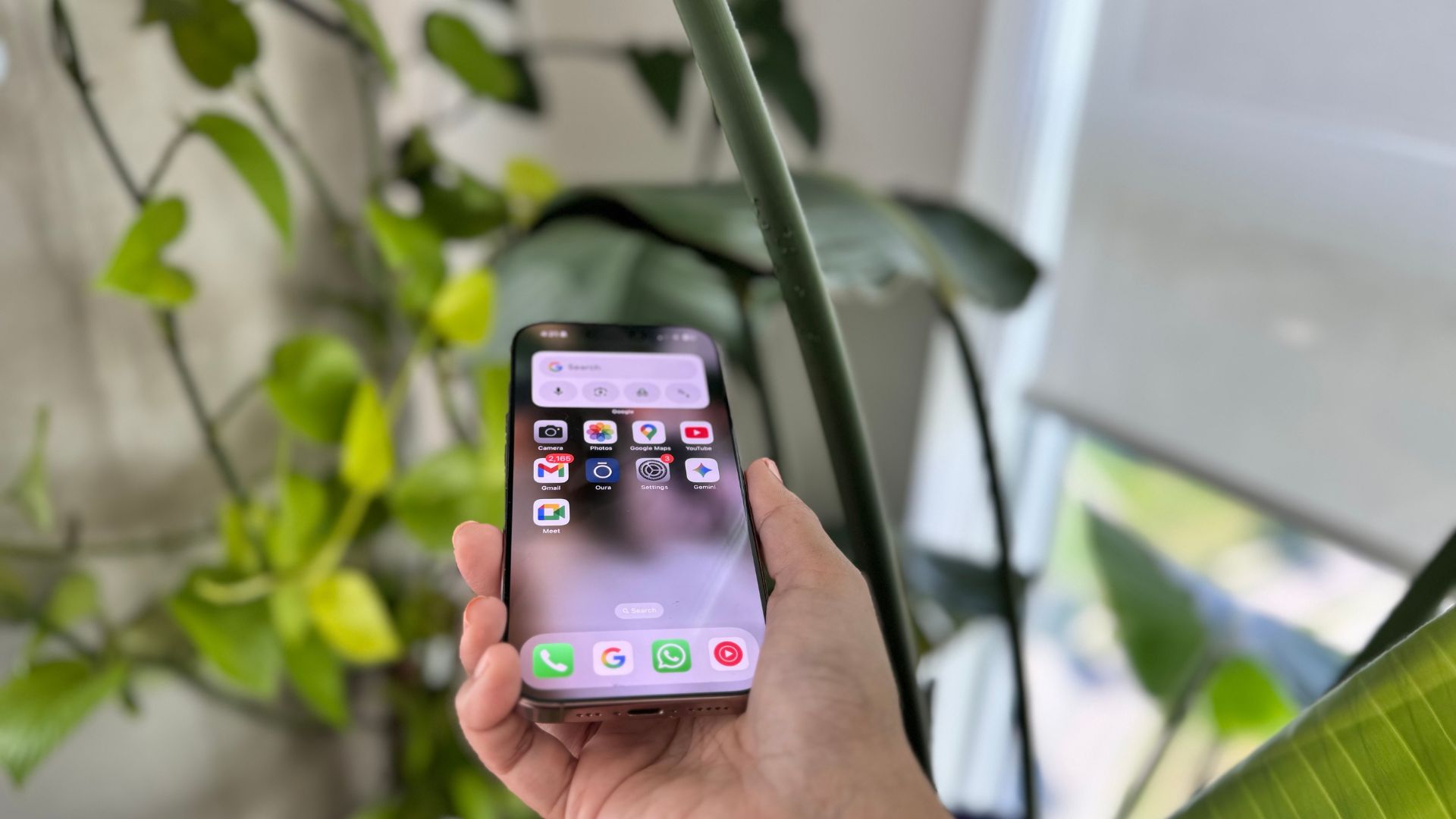What is adb and do I need it?

You hear the phrase "adb" thrown around a lot in Android forums and blogs. We're guilty of it, too. But what exactly is adb, and why do you need (or not need) to use it?
According to Google — "Android Debug Bridge (adb) is a versatile tool lets you manage the state of an emulator instance or Android-powered device." That certainly sounds like something Google would say, doesn't it? To put it simply, adb is two different applications — one running on your computer (Windows, Linux or Mac) and one running on your phone. When your phone is connected, and USB debugging is enabled, you can issue commands and communicate with the phone using your computer screen and keyboard. It's part of the Android SDK for Windows, Mac or Linux. Sorry OS2/Warp.
Your Android phone uses the Linux kernel and tools as a base. This means that quite a few Linux commands can be sent via the adb server (the one running on your computer) to the adb client (the one running on your phone) and they will be executed. You can see a partial list of them in the picture above.
This can be awfully handy for debugging things that aren't going right, as well sending those weird commands you need when you're hacking away in the middle of the night. Chances are, if you aren't actively debugging something or trying to break hack at your phone, you won't have much use for adb. And that's OK — there's no right way to have fun with an Android device.
If you do have a use for adb, be sure to check out the Android Developer site for the full usage guide. Go forth and debug.
Get the latest news from Android Central, your trusted companion in the world of Android

Jerry is an amateur woodworker and struggling shade tree mechanic. There's nothing he can't take apart, but many things he can't reassemble. You'll find him writing and speaking his loud opinion on Android Central and occasionally on Threads.
